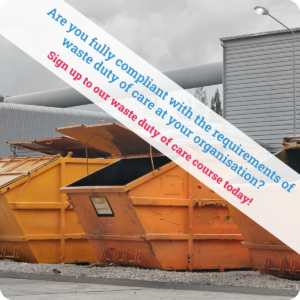Jurisdiction: England
Commencement: 20th July 2022
Amends: Building Safety Act 2022 (c. 30)
The Building Safety Act 2022 introduces changes to building regulation and control for higher-risk buildings (buildings of at least 18m in height or with at least 7 storeys, and in either case containing at least 2 residential units) in England. It is made primarily in response to the Grenfell Tower disaster and the inadequacies that caused it.
To enable these changes, this Act establishes a building safety regulator as part of the Health and Safety Executive (HSE), with the objectives of securing the safety of people in / around buildings and improving the general standard of buildings. This regulator enforces the many new duties imposed on an accountable person in relation to higher-risk buildings, laid out in this Act. In addition to higher-risk buildings, this Act also lays the groundwork for future regulations on prohibition of development and building control and construction products, and makes significant amendments to the Building Act 1984.
Section 126 lays down the groundwork for the establishment of ‘building industry schemes’ by the Secretary of State. These will be created to help ensure safety in and around buildings as well as to improve the overall standard of buildings.
Different sections of this Act come into force at different times (outlined in Section 170). Part 2 (The regulator and its functions) and Part 4 (Higher-risk buildings) largely come into force for the purposes of making additional regulations under this Act on the day this Act is passed. Part 3 will be brought into force by subsequent regulations made by either the Welsh Ministers (for Wales) or Secretary of State (for England).
Premises to which the Fire Safety Order applies:
Where a building contain two or more sets of domestic premises, the Order will apply to:
- the building’s structure and external walls and any common parts;
- all doors between the domestic premises and common parts;
- doors or windows in external walls; and
- anything attached to the exterior of walls (including cladding and balconies).
Power to change premises to which the Fire Safety Order applies:
In England, the Secretary of State is given the power to make changes, or to clarify the premises the Order applies to, through further Regulations. In Wales, this power is give to the Welsh Ministers. In both cases, they must carry out a consultation beforehand.
Various duties apply.
Amendment
Provisions are introduced to protect leaseholders* from liability for remediation of certain defects for buildings over 11 metres in height or of at least 5 storeys.
*Leaseholders are defined as any tenant under a lease for a dwelling in a building.
Landlords must retain details of any defects and works carried out on the relevant building from 28th June 2017.
The landlord must provide details of any remediation work carried out before 28th April 2052.
Regulation 6 requires landlords to provide the leaseholder with a certificate when requesting payment for remediation. This certificate must:
- confirm whether the landlord was responsible for, or was associated with a person responsible for, the relevant defect;
- set out the net worth of the landlord;
- set out the date the building was constructed, and the dates of any works undertaken;
- set out the cost of any remediation work;
- identify how much the tenant has contributed to remediation works;
- set out how the cost of remediation was calculated and divided; and
- set out the maximum amount the tenant owes.
The Legislation Update Service is the best way to stay up to date automatically with legislation in England, Wales, Scotland, Northern Ireland and the Republic of Ireland.
Sign up for your free trial to get instant access.
